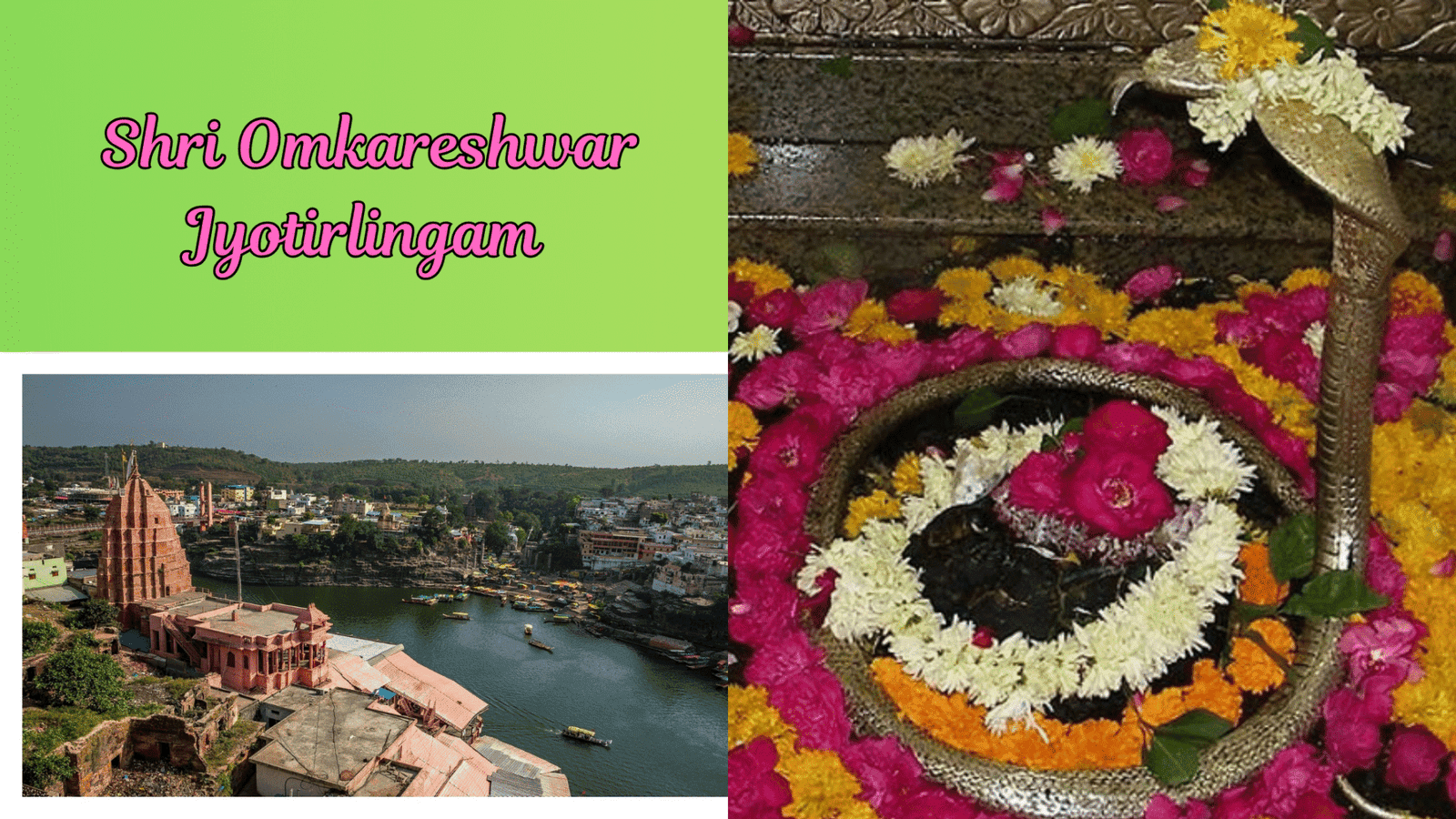Shri Omkareshwar Jyotirlingam: Fourth Jyothirlingam in the 12 Jyothirlinga Series
Nestled on the serene banks of the sacred Narmada River in Madhya Pradesh lies Shri Omkareshwar Jyotirlingam, one of the 12 revered Jyotirlingas of Lord Shiva. Rich in mythology, spiritual power, and natural beauty, the Omkareshwar temple draws millions of devotees and pilgrims each year. This holy site is unique—not only is it spiritually powerful, but it is also one of the few Jyotirlingas located on an island shaped like the sacred Om (ॐ) symbol.
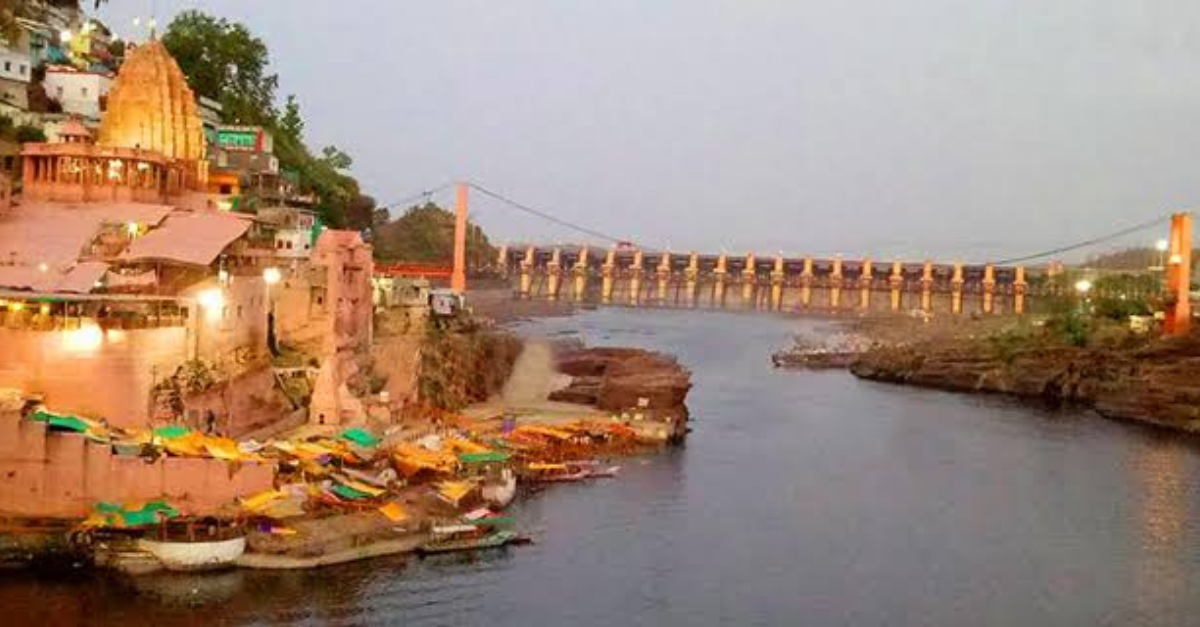
This complete guide delves into everything you need to know about the Shri Omkareshwar Jyotirlingam—its history, legends, rituals, temple architecture, how to reach it, where to stay, and the must-see nearby attractions that make it a sacred destination for every spiritual seeker.
The Spiritual Significance of Shri Omkareshwar Jyotirlingam
Shri Omkareshwar is one of the Dwadasha Jyotirlingas, the twelve most divine shrines where Lord Shiva is worshipped in the form of a self-luminous column of light.
Located on the Mandla Parvat, an island in the Narmada River, the temple’s significance is heightened due to the island’s natural shape that resembles the ॐ symbol, which represents the primordial sound and the universal truth in Hindu dharma.
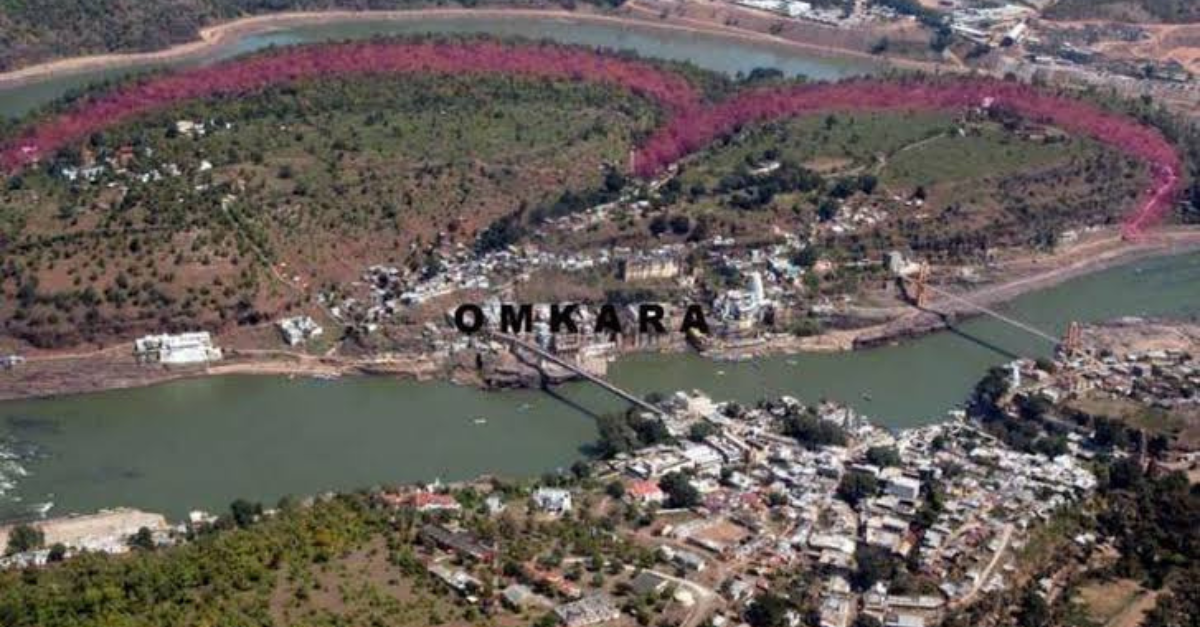
The name Omkareshwar translates to “Lord of Omkara”—the cosmic sound that encompasses the entire universe. The temple is paired with another nearby shrine called Amareshwar, and there is a long-standing belief among scholars and priests that both together constitute the complete Jyotirlinga.
Also read: Ujjaini Shri Mahakaleshwar Jyotirlingam: A Complete Guide To The Sacred Shiva Temple
Mythological Legends Behind Omkareshwar
Several legends and Puranic stories are associated with the origin and power of the Omkareshwar Jyotirlingam.
1. King Mandhata’s Devotion
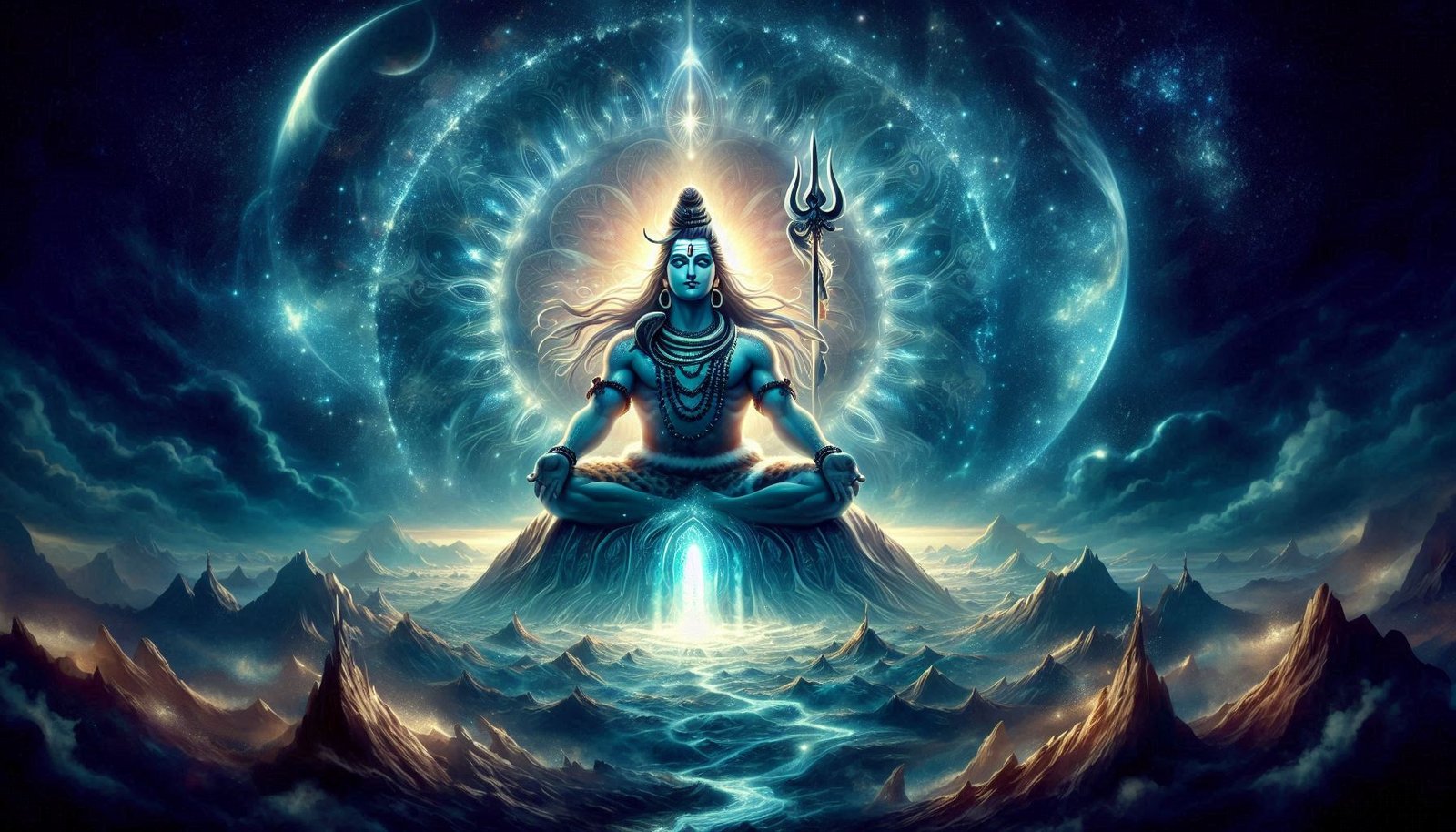
According to one of the most well-known legends, King Mandhata of the Ikshvaku dynasty, a devout follower of Lord Shiva, performed deep penance here. Pleased with his devotion, Lord Shiva appeared and manifested as a Jyotirlinga on the island. The island was thus named Mandhata Parvat in his honor.
2. Devas vs Danavas

Another myth recounts a cosmic battle between the Devas (gods) and Danavas (demons). When the Devas were on the brink of defeat, they prayed to Lord Shiva. He appeared in the form of Omkareshwar Jyotirlingam and defeated the demons, restoring cosmic balance.
3. Parvati’s Penance
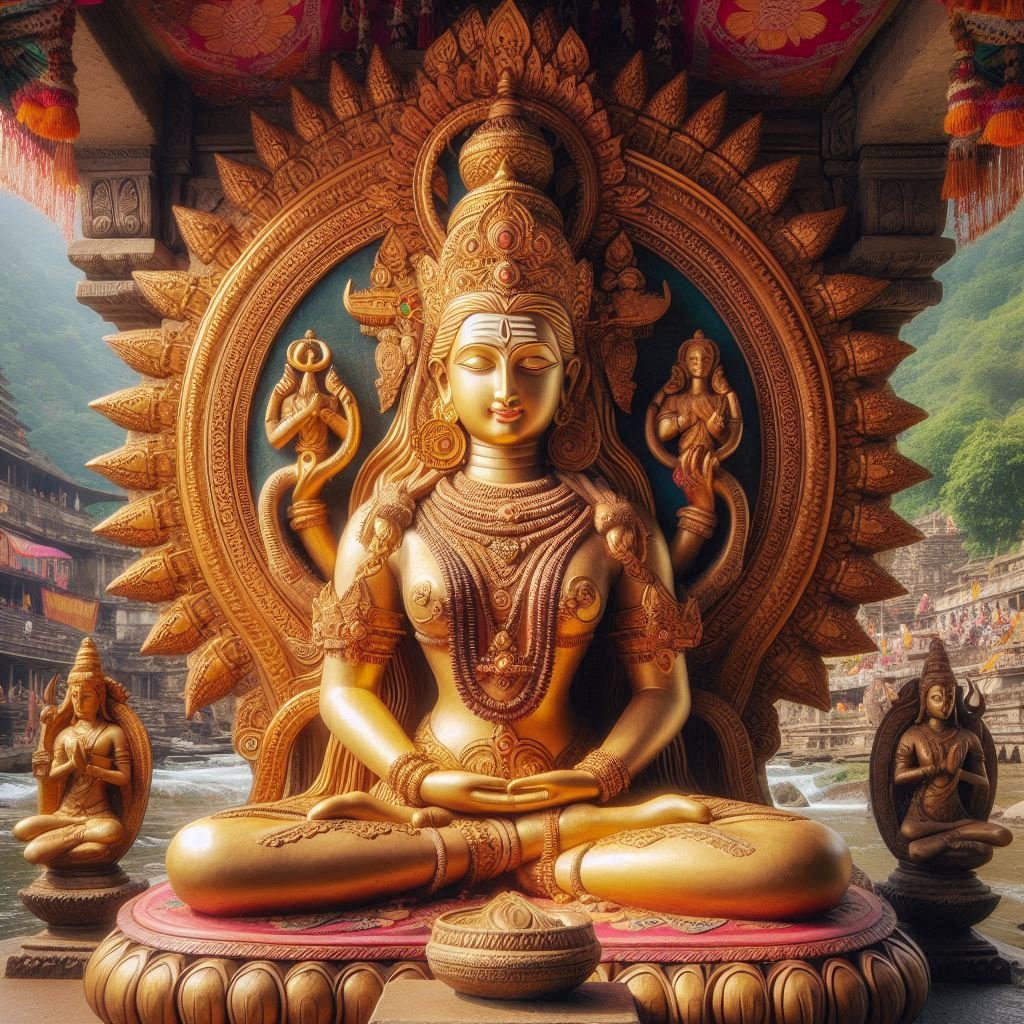
Goddess Parvati is also believed to have meditated here for thousands of years, uniting her energies with Shiva’s, making the site sacred for divine union and spiritual awakening.
Historical Background of the Temple
The Omkareshwar temple has seen centuries of renovation and worship, with references in ancient Hindu scriptures like the Skanda Purana and Shiva Purana.
It is said to have been built during the 9th or 10th century CE, with significant contributions from Hindu kings and later Maratha rulers, who expanded the temple complex.
The temple’s continued preservation reflects India’s unbroken chain of Shiva devotion across dynasties and generations.
Even during periods of foreign invasion, the sacred Jyotirlinga was protected and revered by locals and sages.
Temple Architecture and Design
The Omkareshwar temple showcases Nagara-style architecture, with intricate carvings, soaring spires, and sanctified interiors that echo spiritual chants.
Architectural Highlights
Five-Storeyed Structure: The temple is built on five levels, each representing different elements and deities.
Shikhara (Temple Spire): The towering shikhara can be seen from afar, glistening with sacred flags fluttering in the wind.
Sanctum Sanctorum: The Shiva Lingam is installed here and worshipped daily through Vedic rituals.
Mandapams and Carvings: The temple has beautifully carved stone pillars, ceilings, and mandapams depicting mythological scenes.
River Access: Steps (ghats) from the temple directly lead to the river for devotees to perform rituals and ablutions.
Daily Worship and Rituals
The temple follows a strict Vedic tradition of worship, attracting devotees year-round.
Daily Timings
Opening: 5:00 AM
Morning Aarti: 5:30 AM to 6:00 AM
Afternoon Pooja: 12:00 PM
Evening Aarti: 8:30 PM to 9:00 PM
Closing: 9:30 PM
Special Rituals
Rudrabhishek: The lingam is bathed with water, milk, curd, honey, and ghee accompanied by Vedic chants.
Maha Rudra Yagna: Performed during auspicious occasions and festivals.
Jalabhishek and Bilva Patra Offering: Devotees can offer sacred water and bilva leaves to seek blessings.
Parikrama (Circumambulation): The island is circled by devotees, considered a meritorious act called Omkareshwar Parikrama (approx. 7–8 km trek).
The Unique Dual Jyotirlingas: Omkareshwar and Amareshwar
What makes this site extraordinary is the presence of two Jyotirlingas:
Omkareshwar Jyotirlingam – Located on the island.
Amareshwar Jyotirlingam – Situated on the mainland.
Some scriptures state that both temples together represent one Jyotirlinga, divided into two forms—symbolizing the union of physical (Amareshwar) and cosmic (Omkareshwar) manifestations of Shiva.
Devotees often visit both temples to complete their pilgrimage.
Major Festivals Celebrated
The temple is a vibrant center of devotion throughout the year, especially during festivals dedicated to Lord Shiva.
1. Maha Shivaratri
The most important celebration here. Thousands of devotees fast, chant Shiva’s name, perform night-long jagrans, and participate in grand aartis.
2. Shravan Maas (July–August)
Devotees throng the temple during this month to offer jal (water) and observe Kanwar Yatra.
3. Kartik Purnima
A major event with special poojas, river bathing, and spiritual discourses.
4. Narmada Jayanti
The birth of the Narmada River is celebrated with river worship and temple festivities.
How to Reach Shri Omkareshwar Jyotirlingam
The temple is located in Khandwa district, Madhya Pradesh, and is well-connected by air, rail, and road.
By Air
Nearest Airport: Devi Ahilyabai Holkar Airport, Indore (77 km)
Regular flights from Delhi, Mumbai, and other major cities.
By Rail
Omkareshwar Road Railway Station (12 km)
Trains from Indore, Khandwa, and Bhopal connect here.
By Road
Regular buses, taxis, and private vehicles operate from Indore (77 km), Ujjain (135 km), and Khandwa (70 km).
Accommodation Near the Temple
Omkareshwar offers a range of accommodations for pilgrims of all budgets:
Temple Trust Guest Houses
Omkareshwar Mandir Trust Dharamshala
Gita Bhawan
Gayatri Shakti Peeth Guest House
Hotels and Lodges
Hotel Narmada Resort (MP Tourism)
Hotel Shivam Palace
Shivam Residency
Budget hotels and ashrams are widely available near the ghat area.
Advance booking is recommended during festival times.
Nearby Attractions and Spiritual Sites
Omkareshwar is surrounded by scenic landscapes and spiritually uplifting destinations:
1. Siddhanath Temple
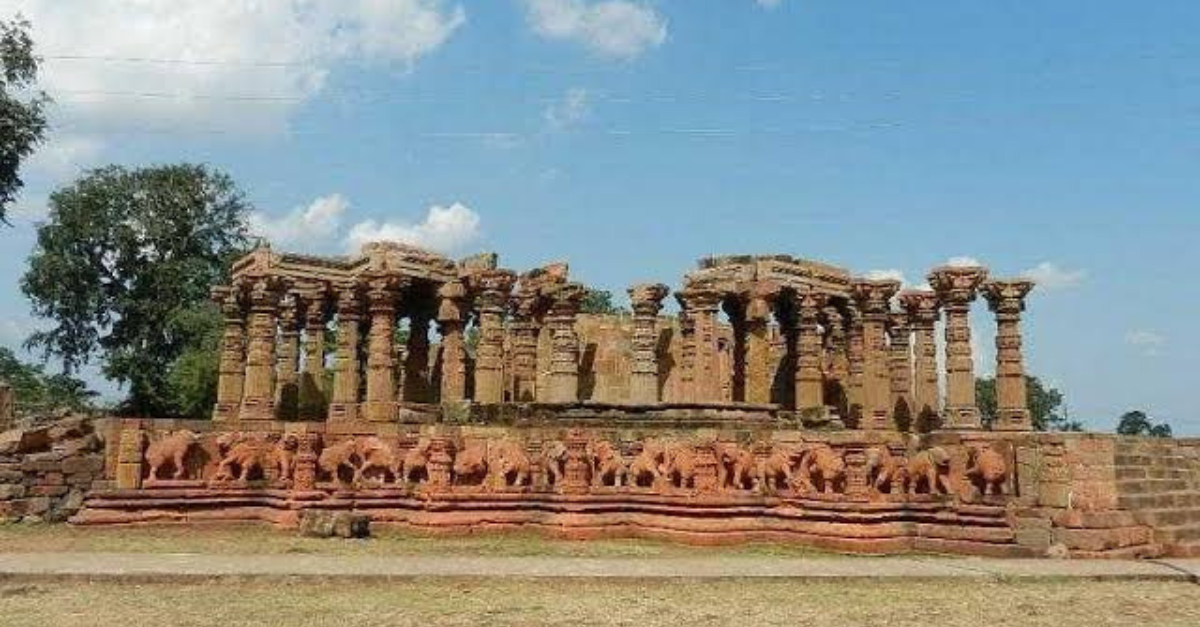
A beautifully carved ancient temple located uphill, dedicated to another form of Shiva.
2. Gauri Somnath Temple
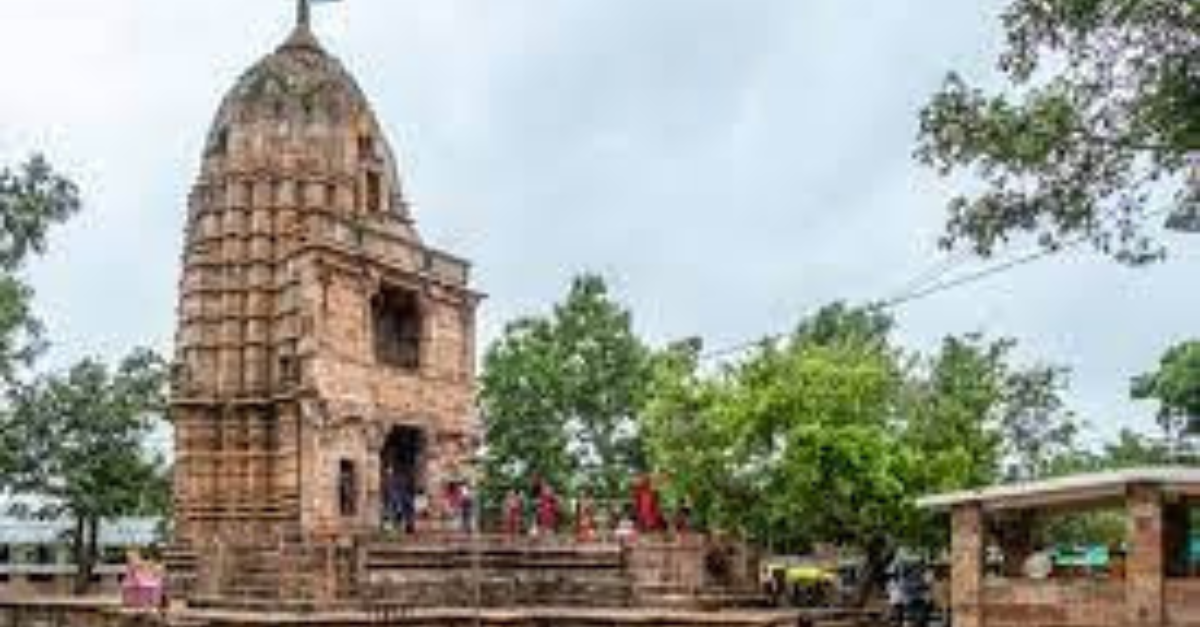
A unique temple known for its massive black stone lingam believed to change color throughout the day.
3. Kedareshwar Temple
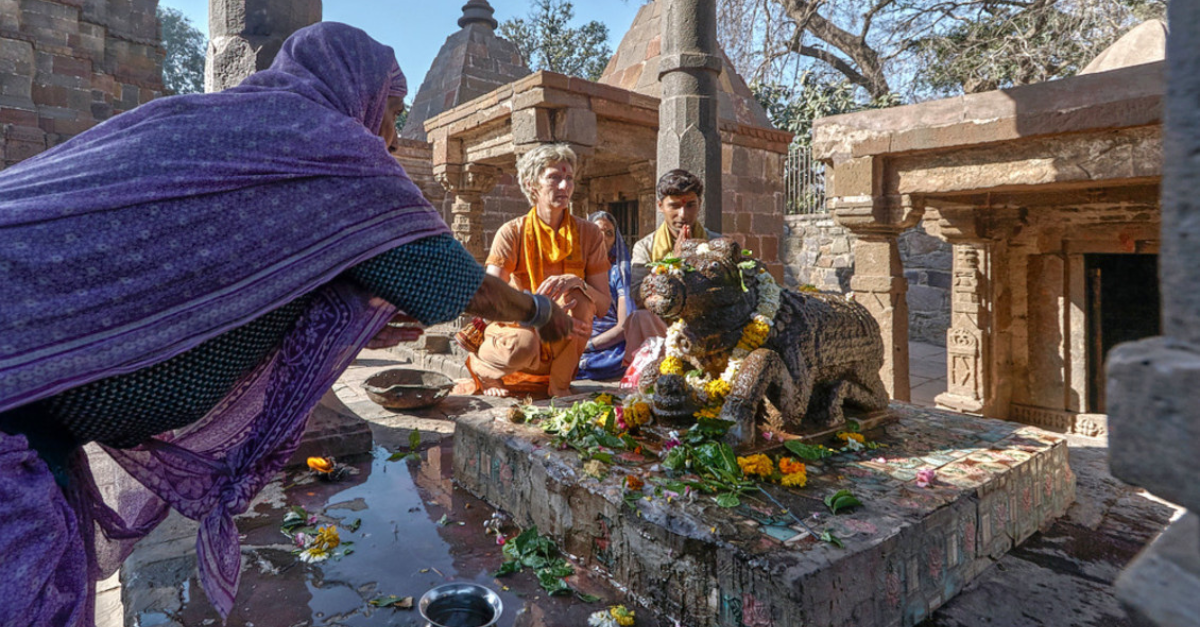
An ancient shrine believed to house one of the oldest Shiva lingams in the region.
4. Narmada Parikrama Path
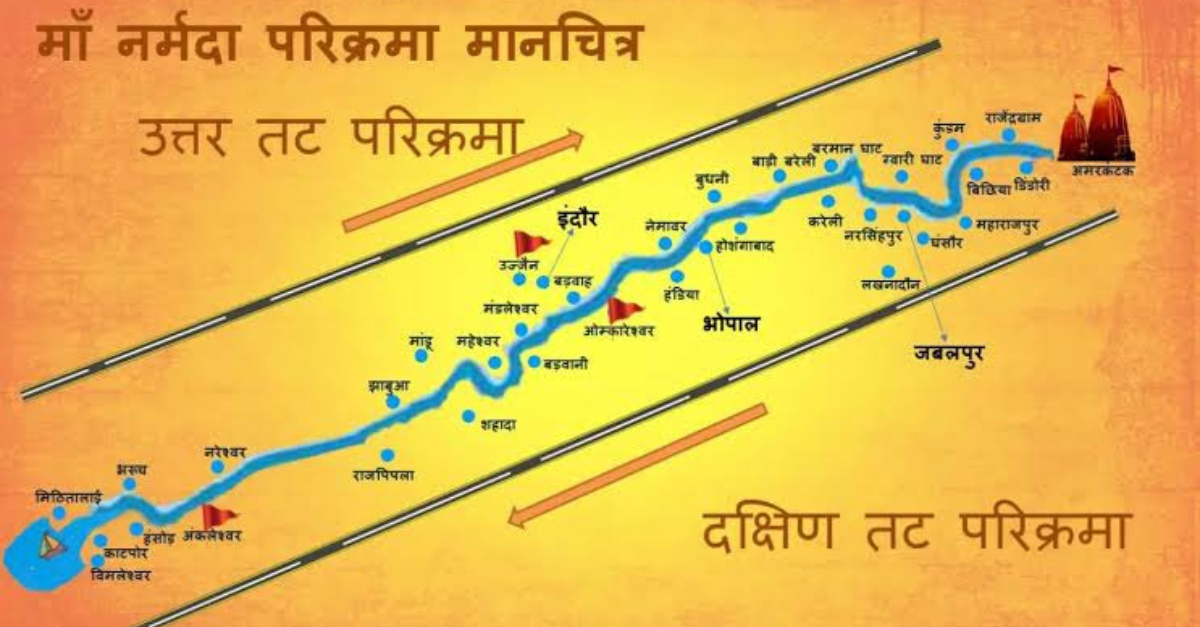
A revered pilgrimage path that encircles the entire Narmada River (3500+ km), with Omkareshwar as one of its sacred stops.
5. Shri Govindeshwar Cave
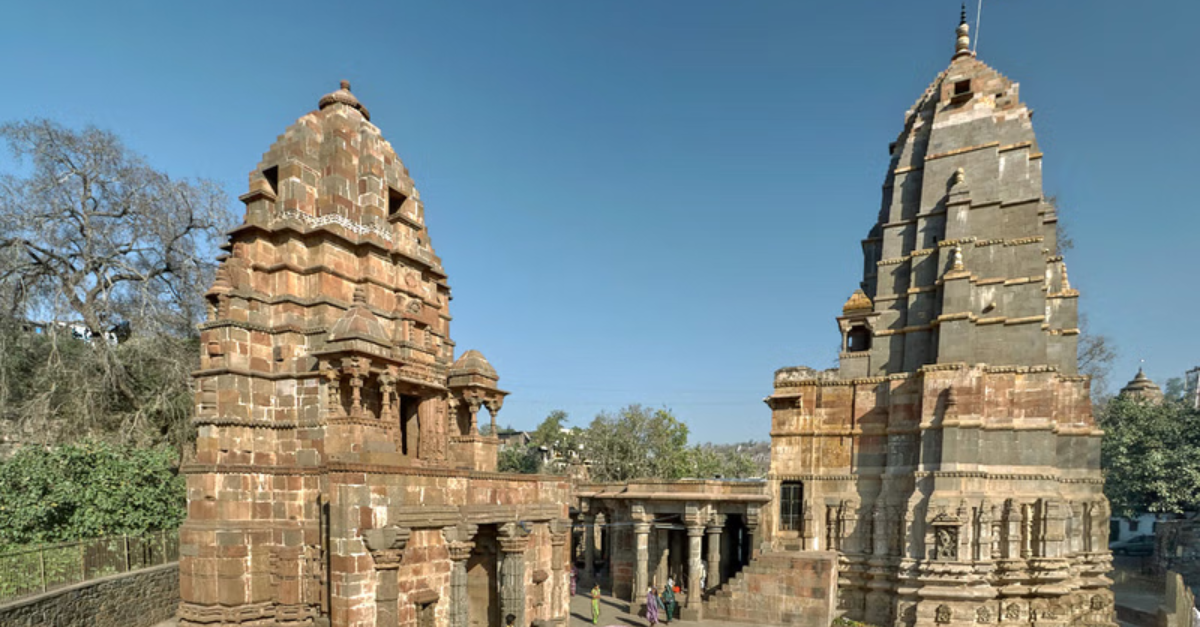
A peaceful meditation cave used by saints like Adi Shankaracharya.
Best Time to Visit
October to March
Pleasant winter climate, ideal for sightseeing and parikrama.
July to September
Monsoon season, lush greenery, and a sacred vibe during Shravan Maas.
February/March
Perfect for Maha Shivaratri celebrations, though very crowded.
You may also like: Shri Somnath Jyotirlingam: A Complete Guide To The Sacred Shiva Temple
Visitor Guidelines and Tips
Dress Code: Modest, traditional Indian attire is recommended.
Footwear: Not allowed inside temple premises.
Security: Phones and cameras may need to be deposited at the counter.
Temple Entry: Free for general darshan. Special poojas and aartis may require a ticket.
Parikrama Trail: Carry water and wear comfortable shoes if doing the full island trek.
Online Services and Temple Management
The temple is managed by the Shri Omkareshwar Mandir Trust, which offers:
Online darshan
Pooja and donation booking
Accommodation reservations
Event updates and live streaming
Website: https://omkareshwar.org
The Shri Omkareshwar Jyotirlingam is a rare and powerful confluence of nature, divinity, and spiritual symbolism. Whether you’re drawn by mythology, faith, meditation, or cultural richness, Omkareshwar offers a transcendental experience that resonates far beyond the temple walls.
It is more than a Jyotirlinga—it is the eternal echo of Om, reminding us of the infinite cycle of creation and dissolution where Lord Shiva reigns supreme.
So, take a holy dip in the Narmada, chant “Om Namah Shivaya,” and experience the divine presence of the Lord of Omkara at one of the most sacred spots on Earth.


